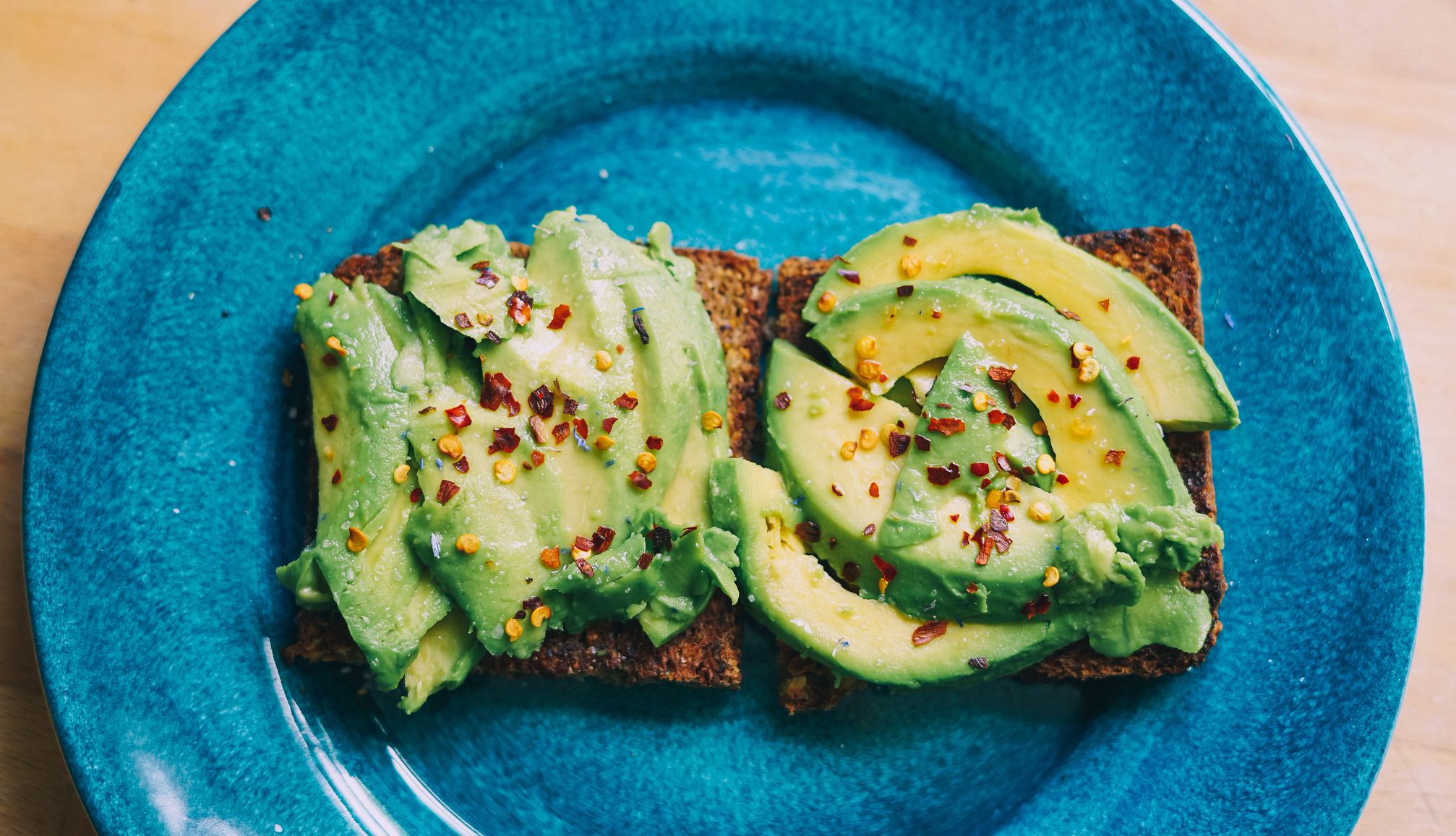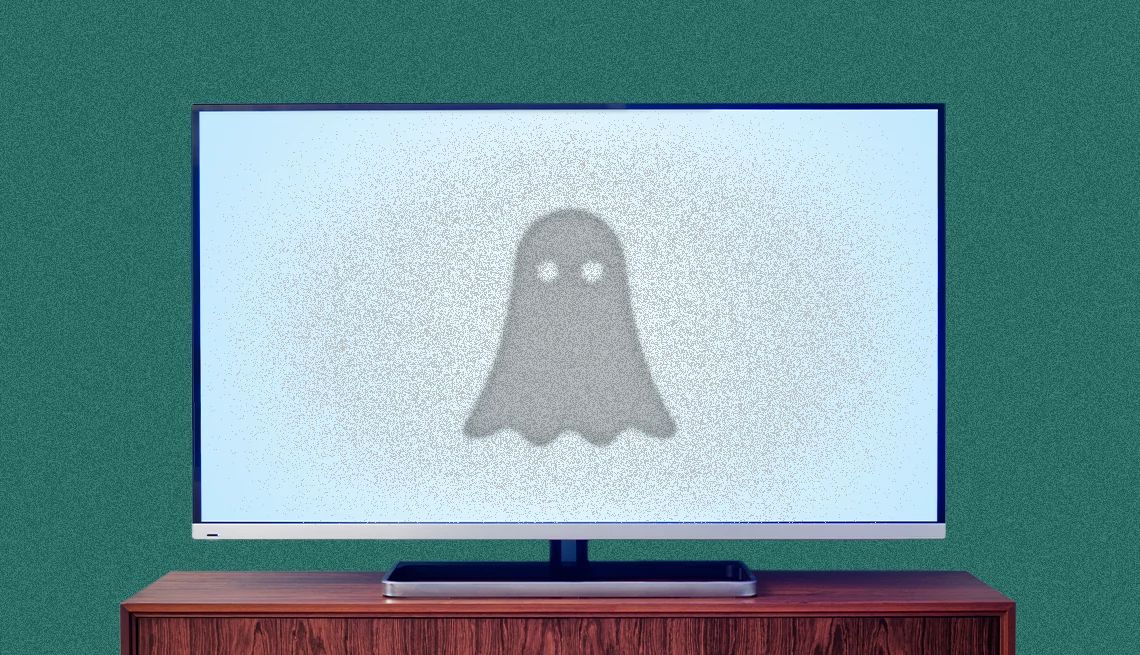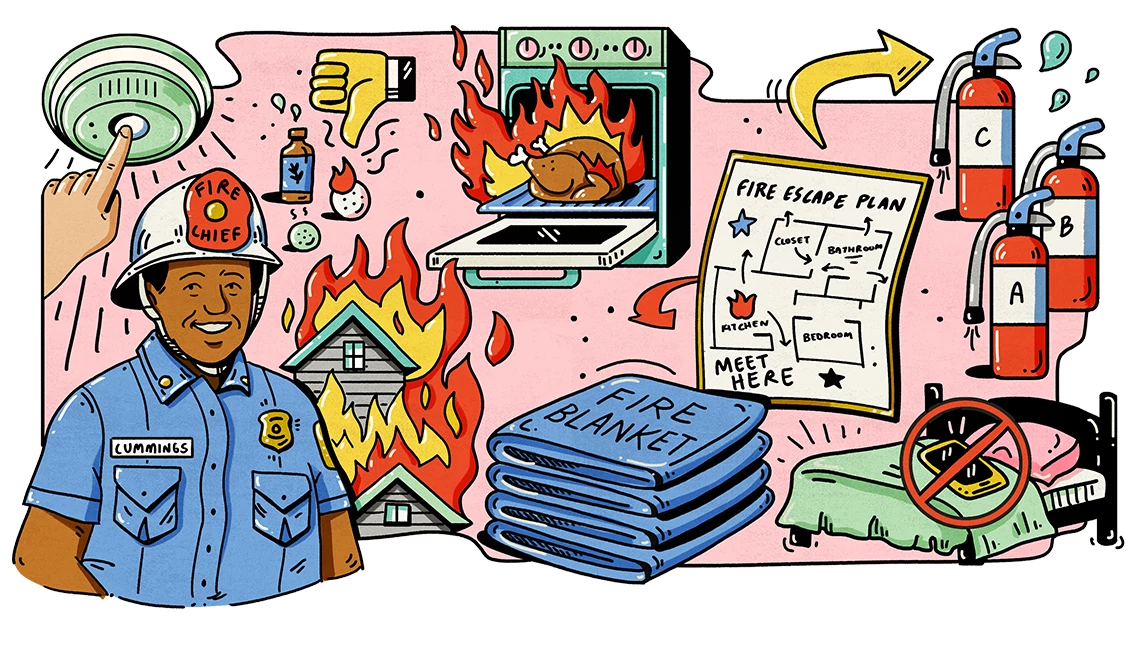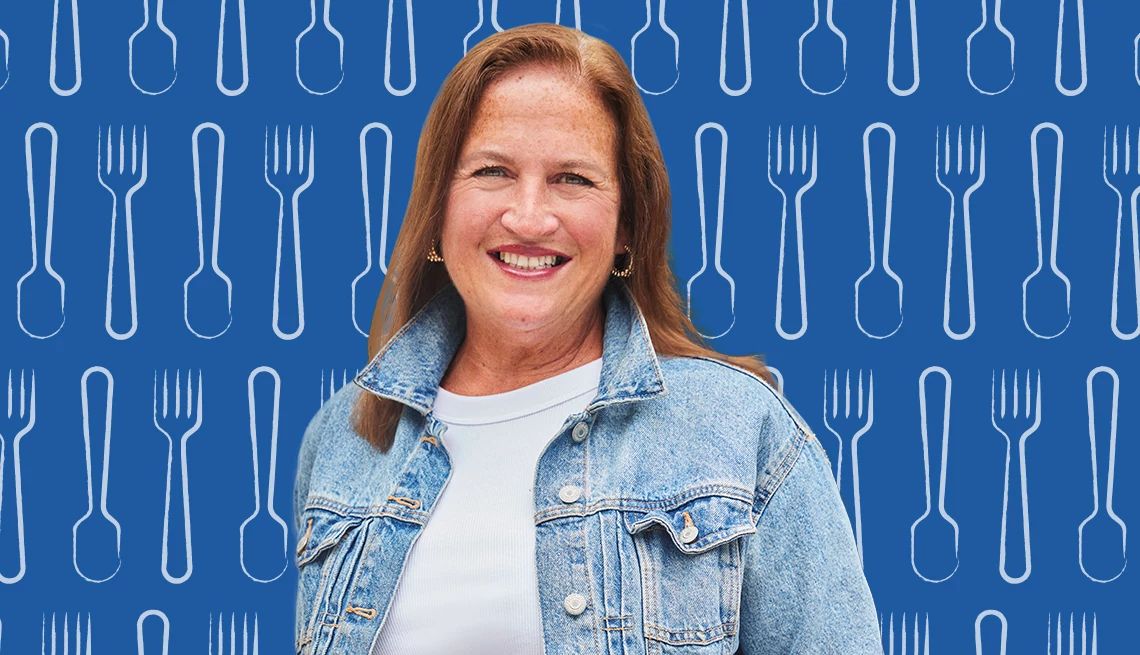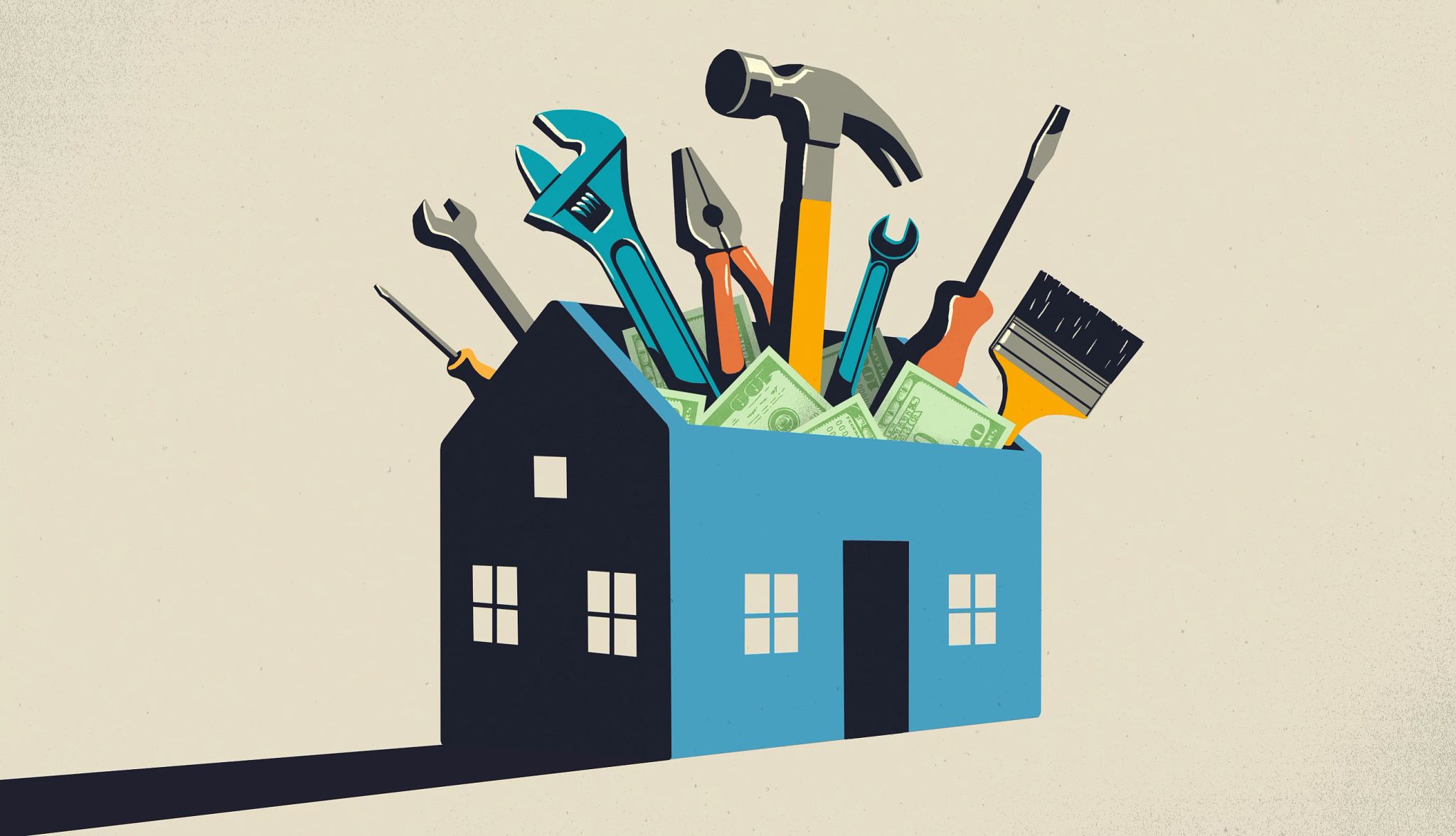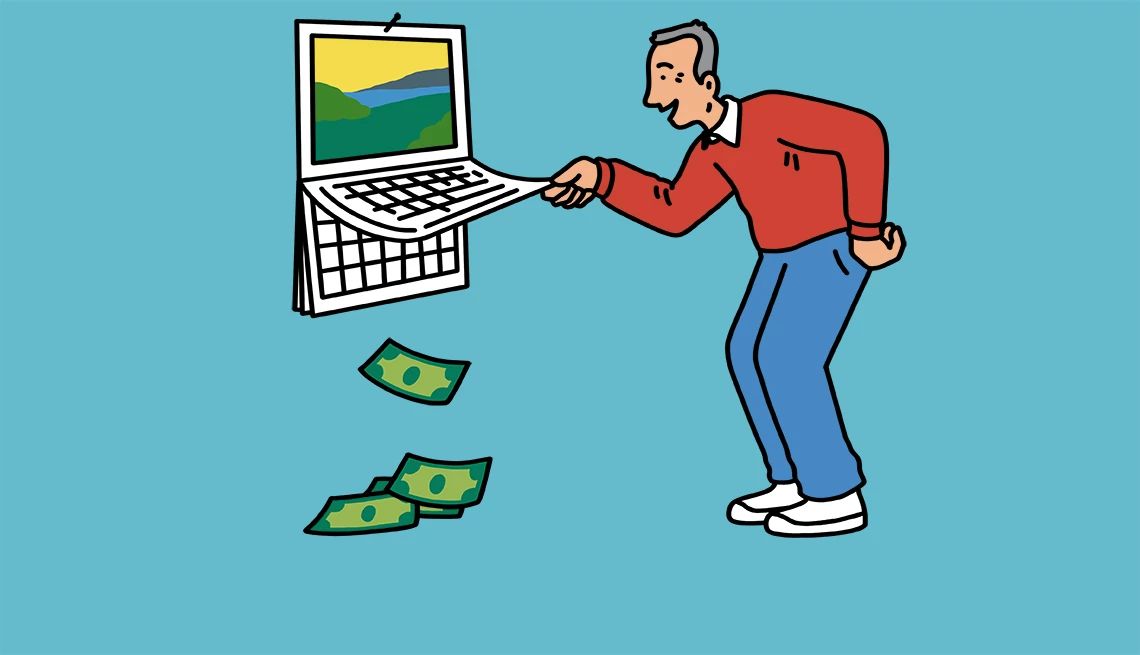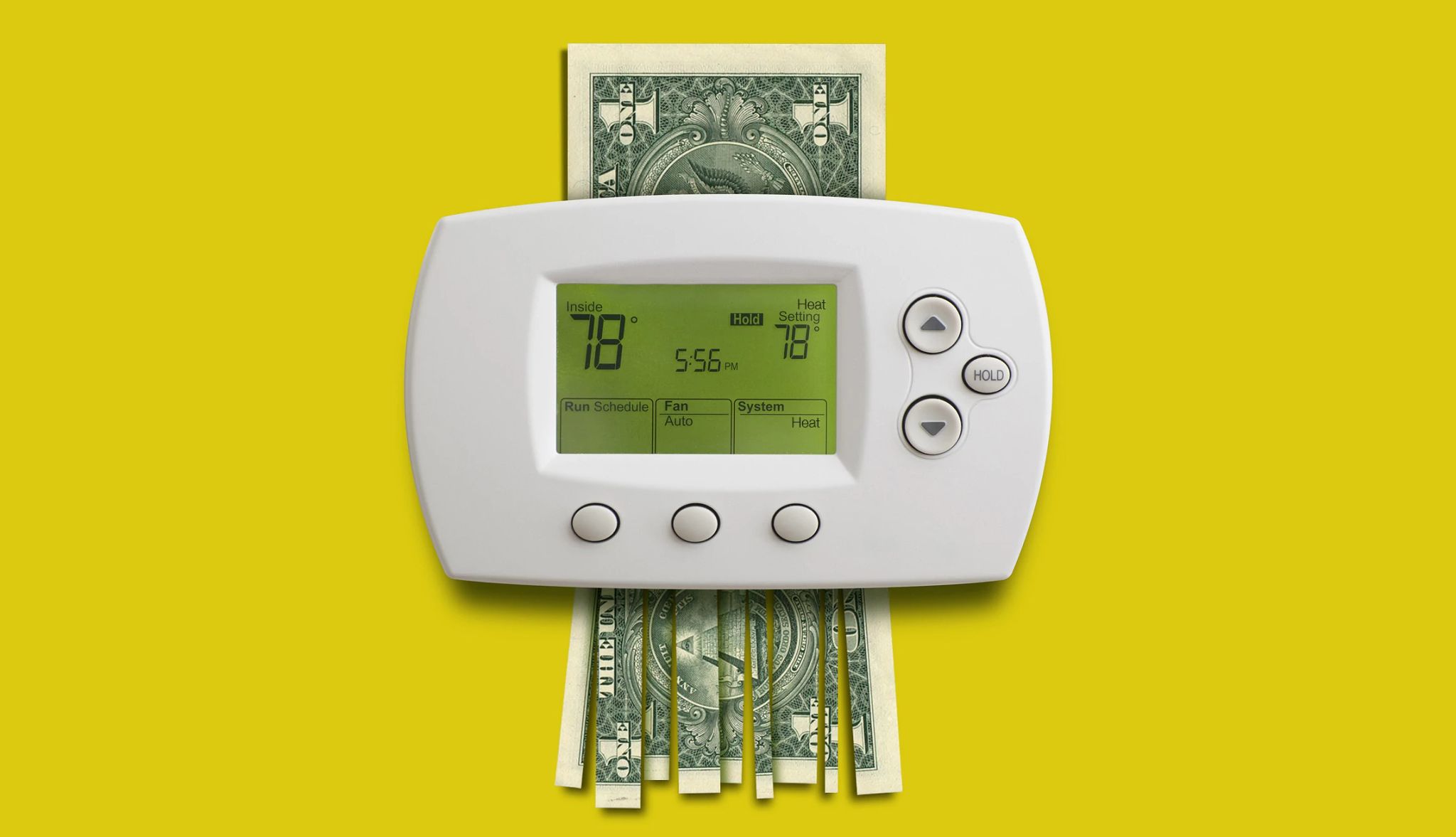AARP Hearing Center
Home & Living
Inspiration and strategies for making the most of life at home and in your community now and in the future
Your Home & Community
Recipes & Entertaining


LIMITED TIME OFFER
Labor Day Sale
Join AARP for just $11 per year with a 5-year membership.
Plus, get a second membership FREE for anyone in your household!
Expires 9/9
Tips, Tricks and Guides


Home and Family
25 Germiest Places in Your Home
These spots in your home are extra dirty

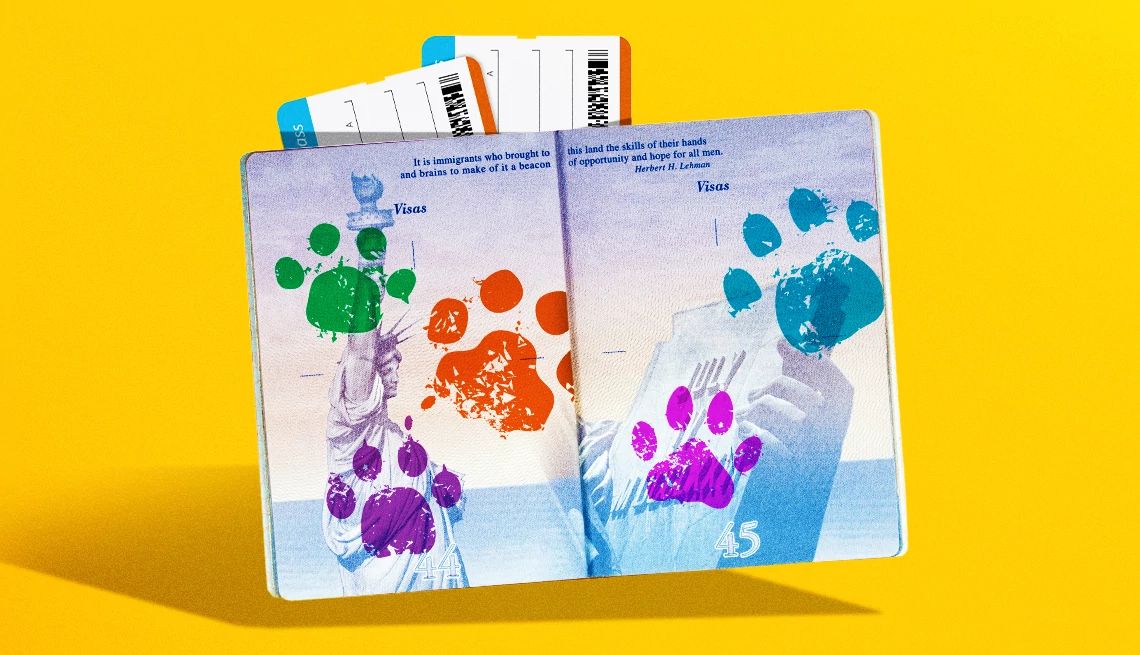
Members Edition
AARP’s Smart Guide to Pet Travel
Proper planning makes travel easier for your pet — and you
Save Money
Recommended for You
AARP IN YOUR STATE
Find AARP offices in your State and News, Events and Programs affecting retirement, health care and more.































































